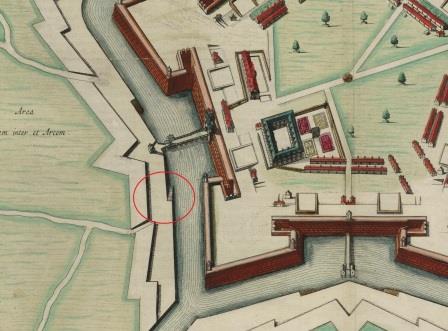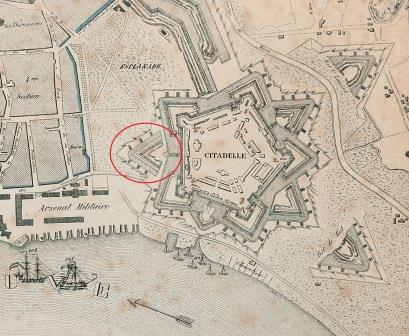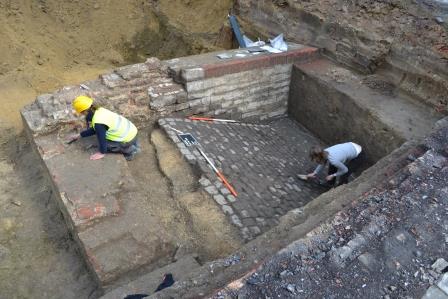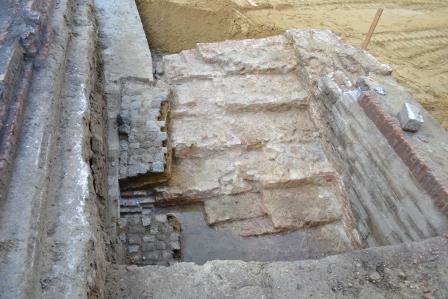Moats and ravelins
A citadel was never built separately. Instead it was the centrepiece of a sophisticated design, with moats and other obstacles. A wide moat encircled the citadel’s outer walls. This moat was bordered with a wall, called contrescarp, on the outside. Here archaeologists found remnants of that wall and the steps that led to the moat.
In 1750, Empress Maria Theresia ordered that a ravelin be built here. This is an outwork, which was surrounded by a new moat, which provided additional protection as a minor fortification built outside the defences. The ravelin in this location protected the citadel’s main entrance, which was nearby.
GISid:
094
Afbeelding:




Latitude:
51.21
Longitude:
4.39
